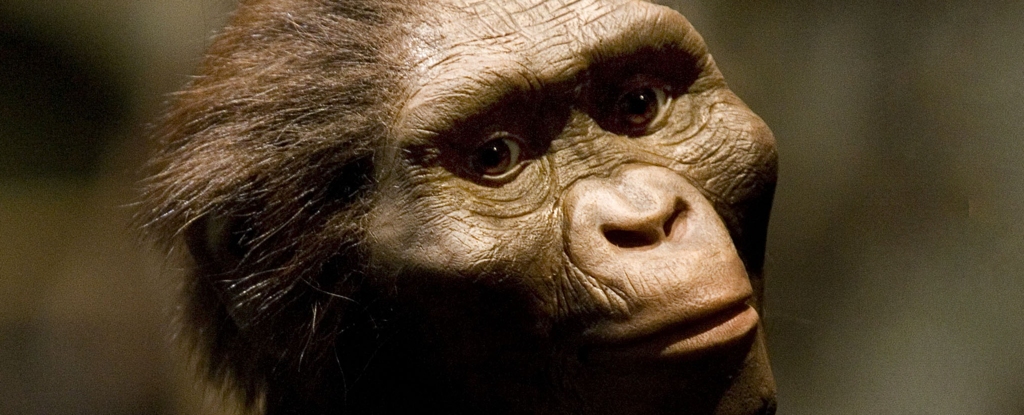
BREAKING: Paleontologists have made a groundbreaking discovery in northeastern Ethiopia, unearthing ancient teeth that suggest two distinct human lineages coexisted over 2.5 million years ago. This urgent finding reshapes our understanding of human evolution, indicating that our ancestors may have shared habitats with a mysterious hominin species.
The discovery occurred at the Ledi-Geraru site, previously known for yielding the oldest evidence of the Homo genus—a jawbone dating back 2.78 million years. Researchers now report finding teeth from another Homo species (dating back 2.59 million years) alongside teeth from an australopithecine (around 2.63 million years), marking the first definitive evidence of this genus in eastern Africa during this critical period.
“This new research indicates that the traditional view of human evolution as a straight line is misleading,” states paleoecologist Kaye Reed from Arizona State University (ASU). “Evolution is more like a bush, with various life forms evolving and going extinct over time.”
The findings suggest that Australopithecus, the genus to which the famous fossil Lucy belongs, coexisted with early human ancestors during a pivotal moment in our evolution. The implications are profound—did they share resources, or was there competition? Researchers believe these two lineages likely thrived side by side for hundreds of thousands of years.
Lead author and paleontologist Brian Villmoare emphasizes the importance of this discovery: “This emphasizes the critical importance of finding additional fossils to understand the differences between Australopithecus and Homo, and potentially how they were able to overlap in the fossil record at the same location.”
Previously, scientists speculated about the temporal overlap of these early human lineages, but definitive proof was lacking until now. The newly uncovered teeth from Ledi-Geraru bridge a significant gap in the fossil record between 2.5 and 3 million years ago, revealing a richer tapestry of hominin diversity in eastern Africa.
With this discovery, the total number of known hominins in the region rises to four: two distinct species of australopithecine, a robust offshoot called Paranthropus, and early representatives of the Homo genus.
“This finding reveals that the hominin fossil record is more diverse than previously understood,” conclude Villmoare and his team. The journey of understanding our origins continues, and the implications of this discovery are just beginning to unfold.
The study was published in the journal Nature, and scientists are eager to uncover what these new findings mean for our understanding of human evolution. Stay tuned for updates on this developing story.





